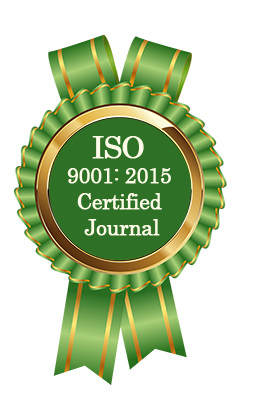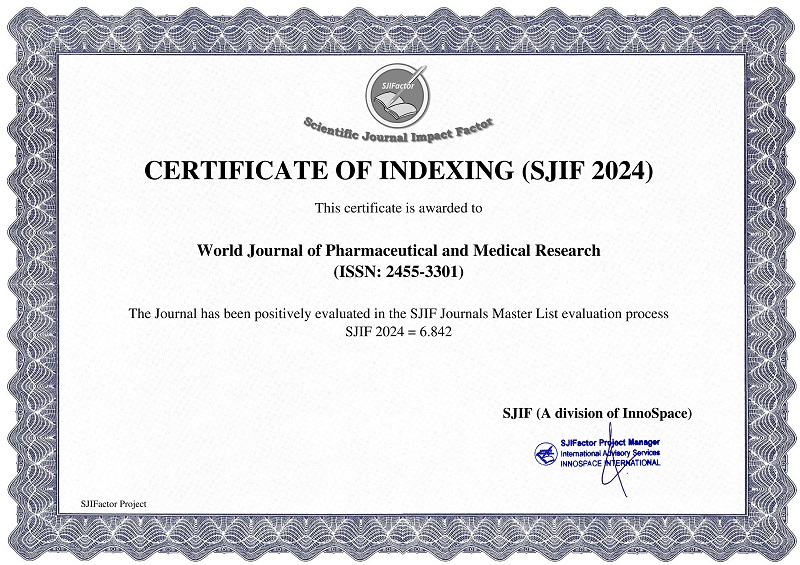DRUG RESISTANCE DEVELOPMENT IN EXTENSIVELY DRUG-RESISTANT TUBERCULOSIS (XDR-TB): MECHANISMS, CHALLENGES, AND FUTURE PERSPECTIVES
Rathod Ashwin Datta*, Shaikh Sameer Shaikh Farid, Kartik G. Jadhav and Syed Nabeel Ahmad
ABSTRACT
Because it is resistant to both first- and second-line anti-tuberculosis medications, extensively drug-resistant tuberculosis (XDR-TB) represents a serious danger to international health. The processes behind the development of medication resistance in XDR-TB are summarized in this study, with a particular emphasis on acquired resistance mechanisms and genetic changes that reduce the effectiveness of treatment. The article highlights several difficulties in the clinical management of XDR-TB, such as the lack of adequate diagnostic tools, complicated treatment plans that are toxic, and inadequate infrastructure in healthcare systems. Promising future prospects are examined despite these obstacles, including developments in molecular diagnostics for quick drug susceptibility testing, the creation of novel anti-tuberculosis drugs, and creative treatment approaches meant to enhance patient outcomes and lower transmission rates. It will need coordinated efforts from the healthcare sectors, international cooperation, and ongoing investment in R&D to address these complex concerns. Through the application of comprehensive tactics and improved comprehension of drug resistance processes, we can lessen the effects of XDR-TB and get closer to meeting global tuberculosis control objectives.
[Full Text Article] [Download Certificate]



